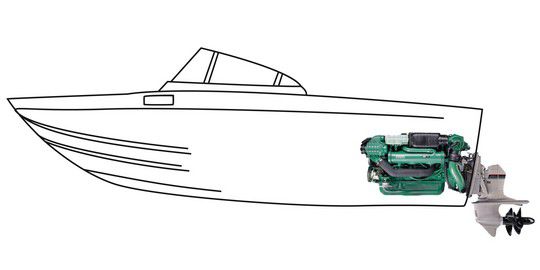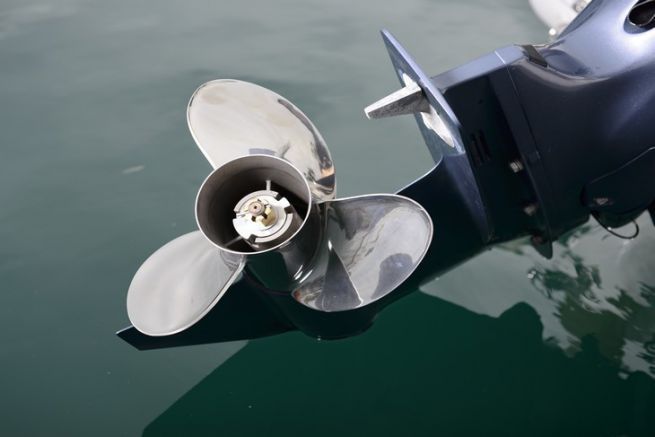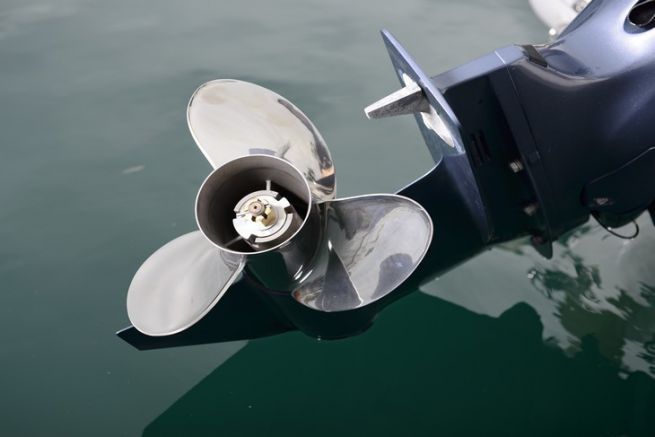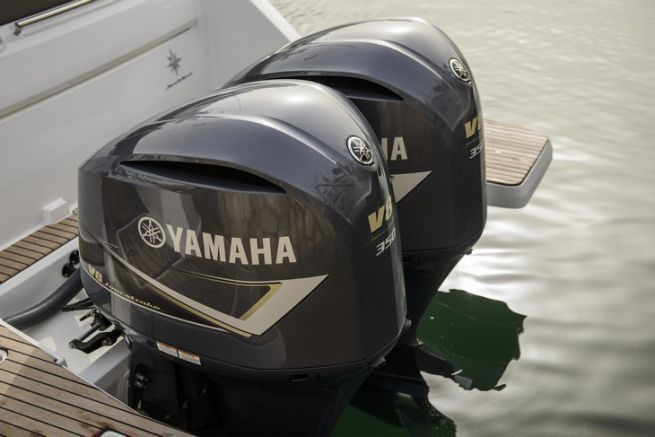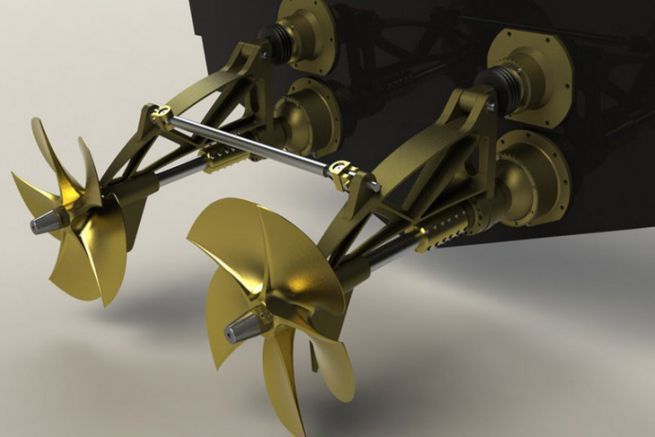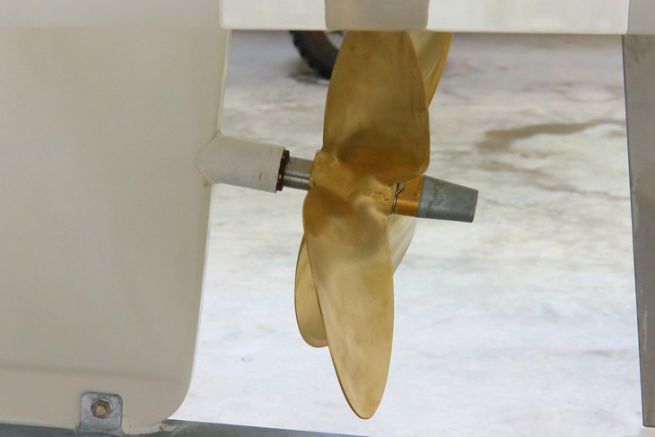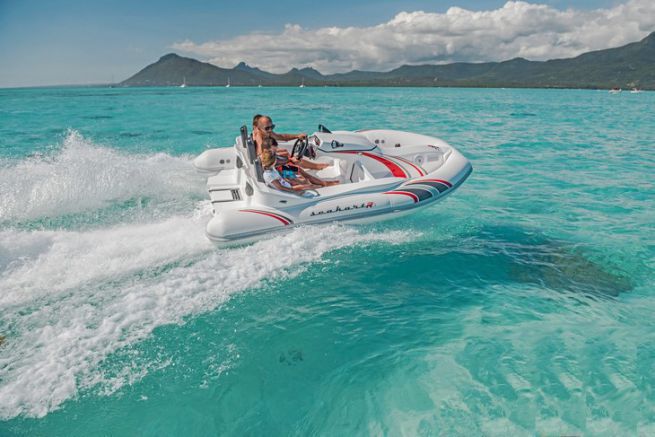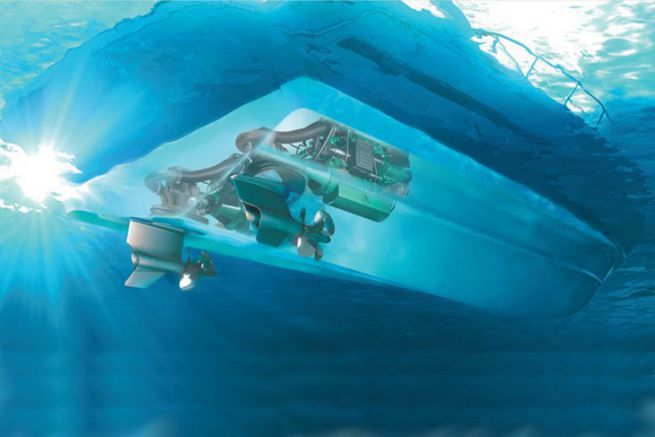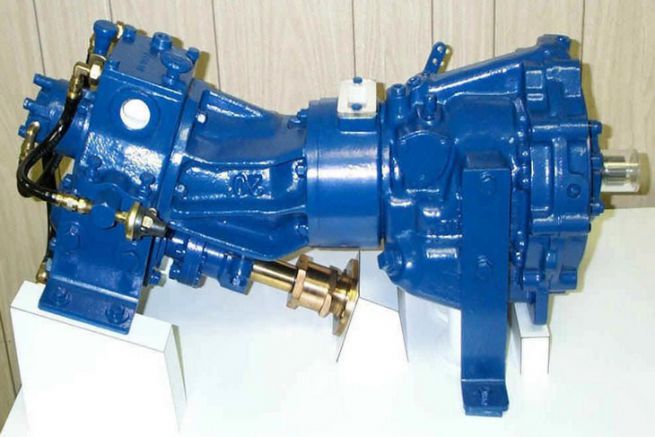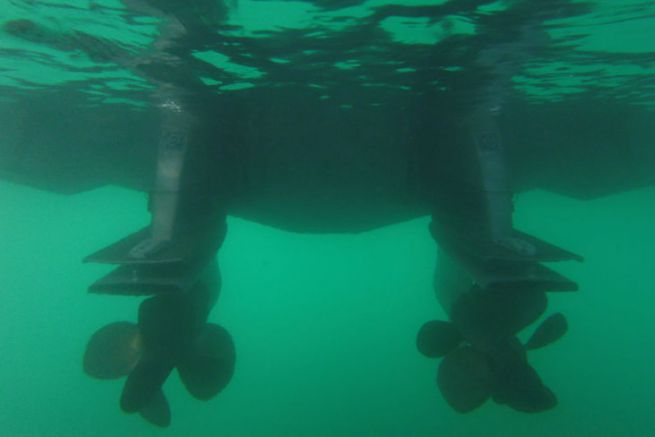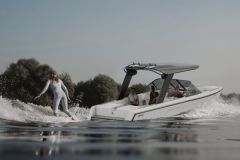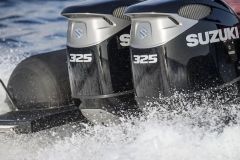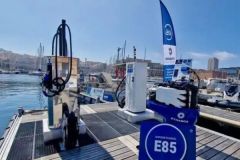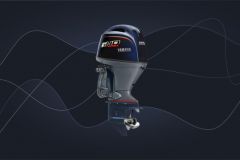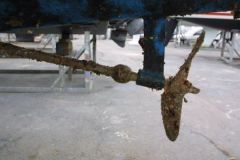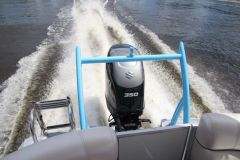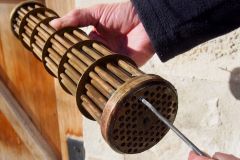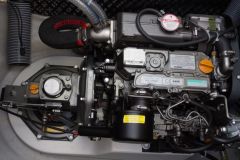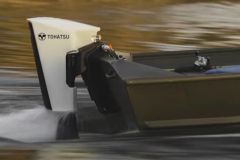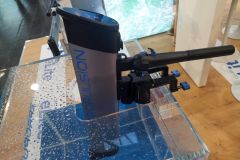To move forward, a motor boat uses a marine motor, an inverter, one or more shafts, a propeller and a rudder. This mechanism called the propulsion system produces enough power to move the boat. The types of motorization are varied and left to the choice of the architect, who designs the boat according to the motorization.
A distinction is made between inboard and outboard engines. In the first case, the engine is installed inside a hold or engine room. The transmission, rudder and various equipment are in the hull and under the boat, leaving the transom clear (except in the case of the surface propeller and Z-Drive). The inboard engine can be petrol or diesel and be single or twin-engine (or more)
In the outboard version, the engine is compact and installed at the rear of the boat. It combines the engine, transmission and propeller. It acts as a rudder
In terms of engine and propulsion, there are therefore many solutions, each with its own characteristics in terms of power, installation and behaviour of the boat. Discover below, the different engines explained:
- Presentation of the Z-Drive
- Use of the V-Drive
- Advantages of the Z-Drive
- Disadvantages of the Z-Drive
both filed for bankruptcy.
The surface propeller: for fast boats
Surface propellers are recommended for the propulsion of boats that require speed and performance.

The outboard: ideal for small boats
The outboard motor is installed entirely outside the boat. The engine and its propulsion directly installed on the transom.
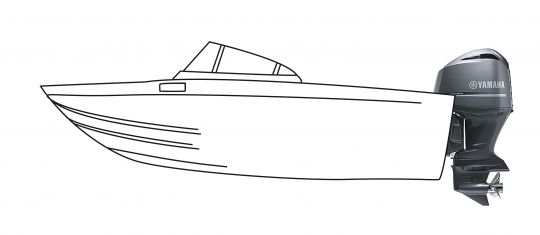
both filed for bankruptcy.
The waterjet: fun without a propeller
The waterjet (also called waterjet) is an inboard propulsion system that uses a turbine instead of a propeller. This engine is mainly used for fast boats or personal watercraft (jetskis).
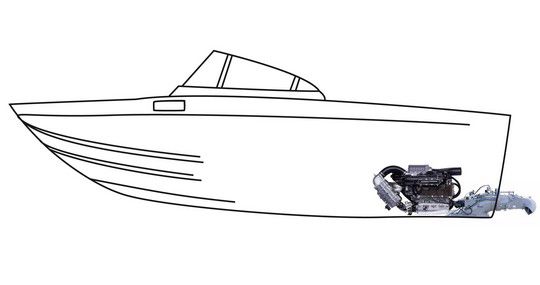
both filed for bankruptcy.
The swivel pod: fashionable for celebrities
The IPS system was a real success after its launch in 2005 (followed by the Zeus system). It now equips many motor boats and makes manoeuvring much easier with its pods that can rotate 360°.
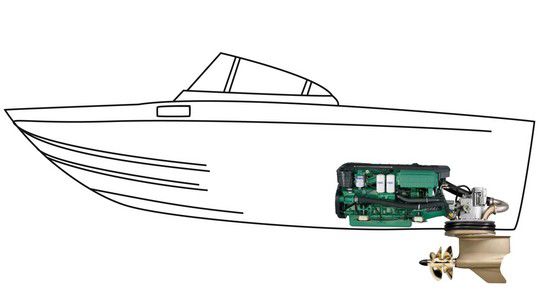
The shaft line: the most classic
The shaft line is the oldest of the propulsion modes on motor boats. The propeller is installed at the end of a shaft directly connected to the engine in a straight line. Used on boats that operate at medium speeds, it requires some technical knowledge for maintenance.
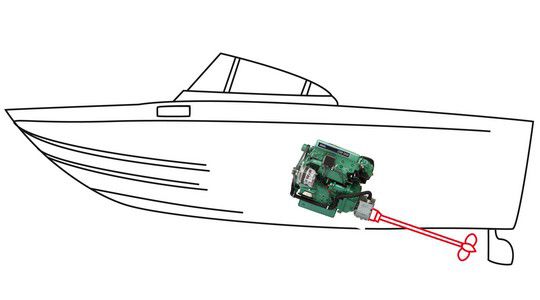
V-Drive: to save space in the facilities
The V-Drive is an inboard propulsion system that is used on boats that want to move the engine backwards. It is used on some water ski boats. In this installation, the engine is moved to the rear of the ship, which saves living space in the boat.
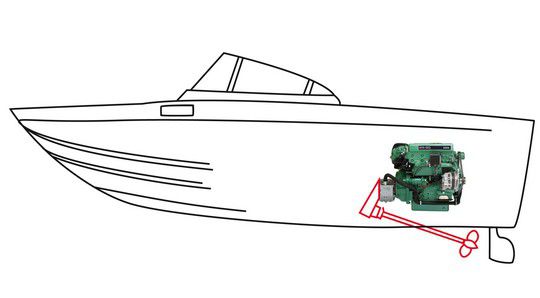
The Z-Drive, the advantage of the base plate and the inboard
